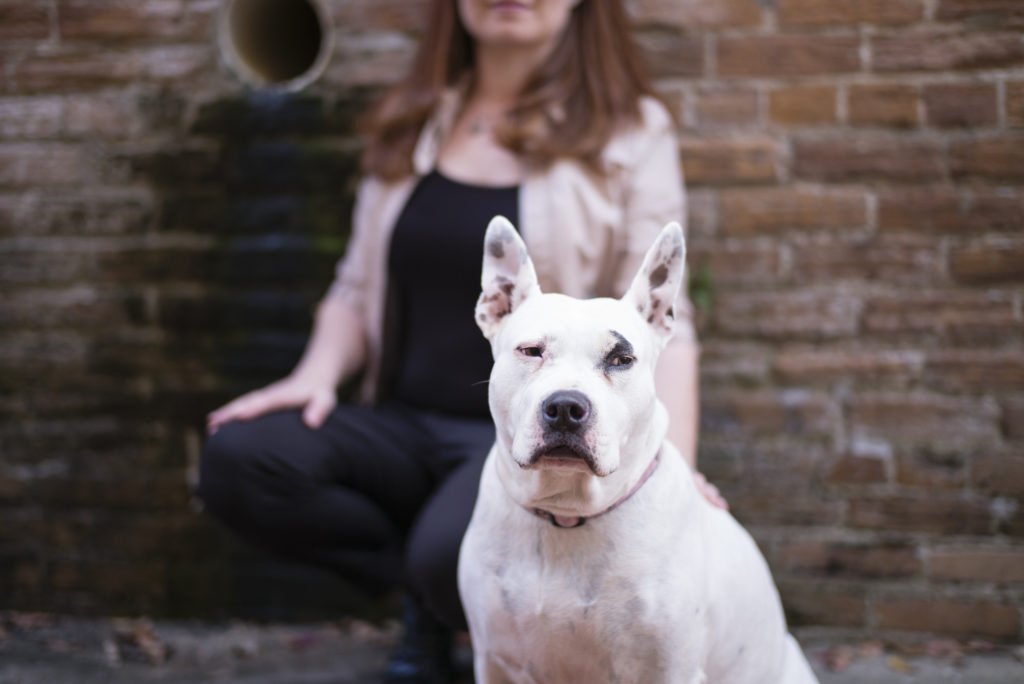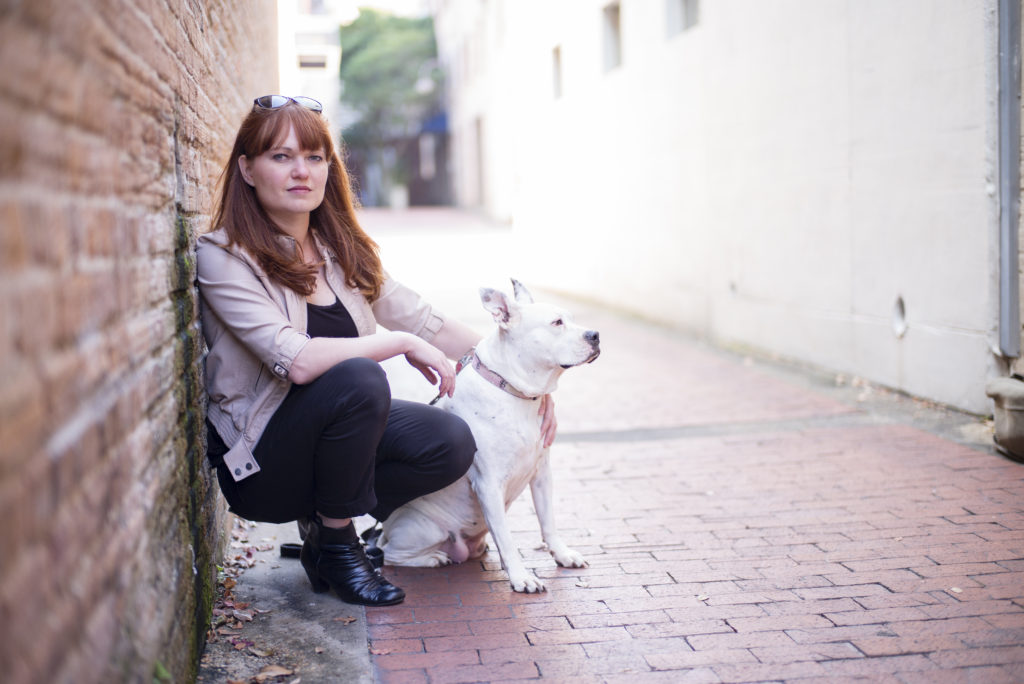1. Build relationships early. The worst time to make friends is when you really need them. Get to know the people whose opinions have weight in the community – these are people you may need to speak on your behalf (or stay strategically silent) when things heat up. It also doesn’t hurt to get to know the reporters who cover the courts, because you want them to see you as a person and not just a source. Relationships matter immensely.
2. Take time to listen and evaluate before responding. It’s easy to rush to respond, especially in the heat of the battle. But take care to make sure you’re not being baited. Sometimes silence really is deafening. And if a response is warranted, be thoughtful and deliberate. Try not to repeat the negatives – focus on your message and what you need people to hear.
3. Pick your battles. It’s ok to go to the mattresses when it really matters, but don’t be the attorney who takes offense at the smallest slight. People will eventually learn not to pay attention. If you are strategic, people will listen when something matters to you.
4. Be memorable for the right reasons. Whether you’re interacting with the public or the press, avoid these rookie mistakes:
- Don’t get belligerent. It’s not your job to fix stupid.
- Stay on message. Don’t get pulled down a rabbit hole.
- Project confidence. You’re the expert.
- For TV, don’t wear loud colors or tiny prints or stripes.
5. Avoid saying “No comment.” It’s comfortable and safe, but it usually doesn’t do anyone any good. If you need help framing a message, get in touch with an expert who understands litigation communications, a specialty area of public relations for attorneys and their clients.
When you boil it all down, public relations is about understanding what people around you care about and how you can build relationships to influence that environment. Start small and let it build as your get comfortable. You and your clients will benefit!




